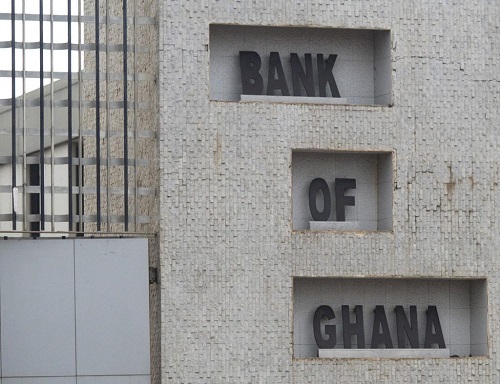Even as banks race to meet the central bank’s GH¢400million minimum capital requirement, they will have to work concurrently on meeting the stringent Basel regulatory framework – being enforced by the central bank – which will require them to raise an additional GH¢3billion of fresh capital, credit risk consultant Emmanuel Akrong has said.
The Bank of Ghana, in its bid to ensure stability of the banking sector and keep pace with global developments and growth in risk management practices, late last month rolled out the Capital Requirement Directive – which requires banks to implement Basel II Pillar 1 risks and Basel III Capital Framework.
According to Mr. Akrong, the Basel II is fundamentally about increased transparency; better risk and capital management, and corporate governance on the part of banks; as well as improved banking supervision on the part of regulators.
“It is about increasing stability of the financial system, to the benefit of not only banks but consumers and businesses at large. The banking industry should prepare for high capital requirements and system and process changes to accommodate the Capital Requirement Directive,” he said.
For banks to ensure full compliance with the Basel regulatory framework, a number of measures will have to be taken – including either changing or building new systems, which would among other things ensure banks are collecting the necessary data on their borrowers and other counterparties and can calculate the new risk weights.
Some other measures, according to Mr. Akrong, also relate to capital requirements which would see banks need more money or change their business model to attract the needed capital to meet the Basel framework requirements.
“Based on my considerations, banks in Ghana may need an additional injection of capital (in addition to the minimum GH¢400million capital required) to meet the Risk-Based capital requirements under Basel II and III.
“GH¢2.8billion of the GH¢3billion capital gap relates to pledged assets held by counterparties for short-term borrowing and interbank lending, and GH¢250million relates to Deferred Tax Assets (DTAs),” he said.
CRD gets Moody’s backing
Ratings Agency Moody’s described as a ‘positive’ the central bank’s new Capital Requirement Directive (CRD), which seeks to enhance the quality of banks’ capital by increasing the cushion that absorbs losses in times of stress.
The new Capital Requirement Directive stipulates the different levels of capital, imposes a capital conservation buffer of 3 percent of risk-weighted assets, and introduces a countercyclical buffer – although it is currently set at zero.
The new directive, which is already in line with global banking practices – including the International Financial Reporting Standards and Basel II and III – sets the requirement by which banks will calculate the Capital Adequacy Ratio (CAR) under the Banks and Special Deposit-Taking Institutions (BSDI) Act.
“The requirements herein require banks to hold appropriate capital commensurate for unexpected losses that may arise from business through capital transactions, credit, operational and market risks,” the new directive stated.
It added that the board of a bank is responsible under requirements of the CRD to determine both the availability of eligible capital and measurement of risks to capital in the Basel II framework, in line with minimum risk management standards for the risks herein.
The BoG requires banks to maintain a minimum Common Equity Tier-1 (CET1) capital ratio of 6.5 percent, and banks will satisfy the conservation capital buffer using CET1 capital. This will increase banks’ CET1 to 9.5 percent and the regulatory minimum capital adequacy ratio to 13 percent.
In its analysis of the new directive, Moody’s noted that high capital buffers will strengthen system resilience by providing the banks with room to clean up their balance sheets.
A CET1 ratio of 9.5 percent enhances the quality of banks’ capital by increasing the cushion that absorbs losses in times of stress because this is the first capital tier to absorb losses, it added.





